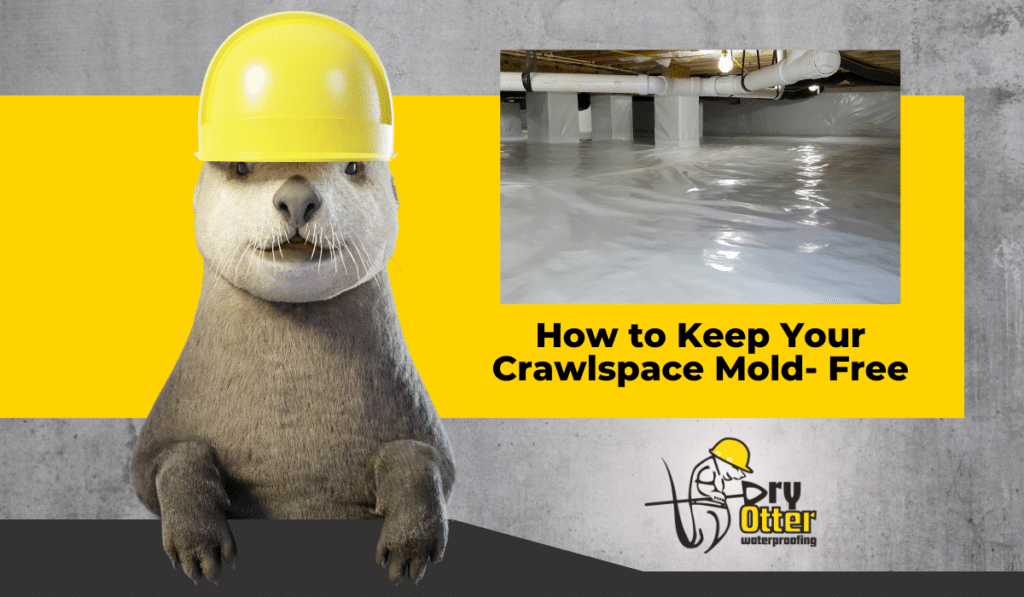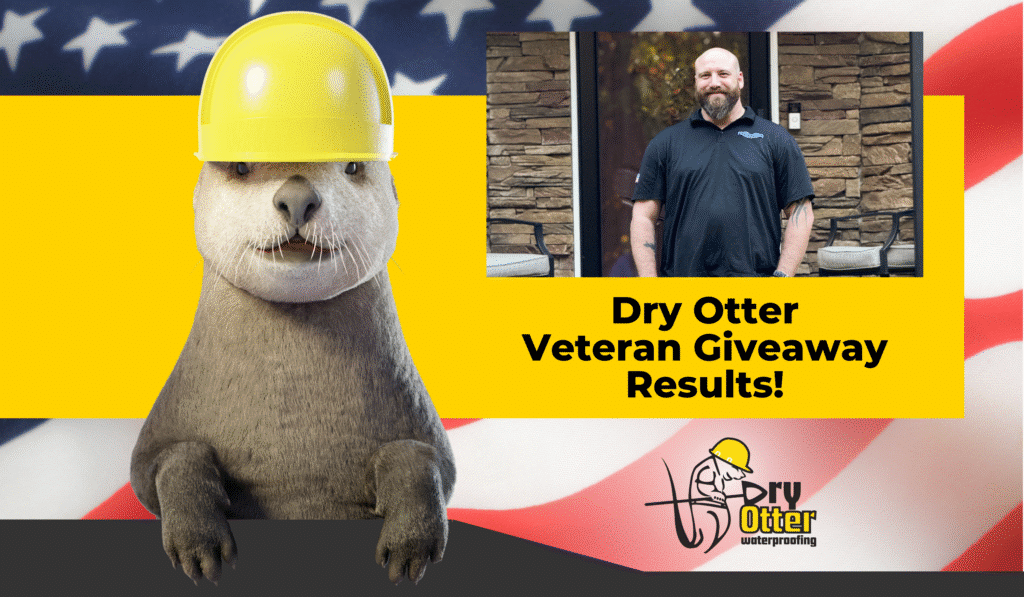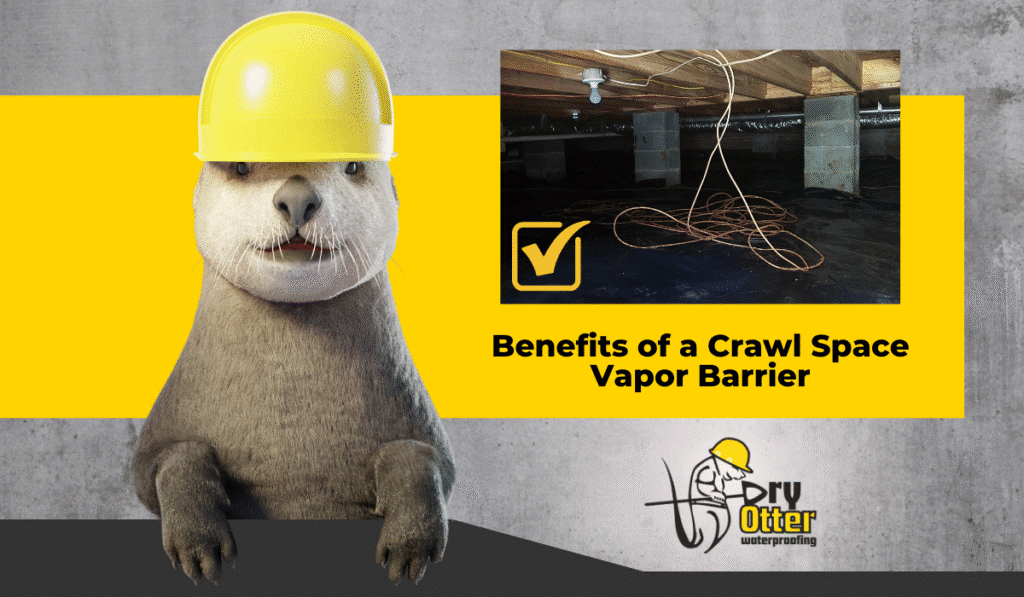A crawl space vapor barrier can be one of the best ways to control moisture under your home, but it’s not a one-size-fits-all solution. While it offers plenty of benefits, there are also a few potential drawbacks to consider—especially if the barrier isn’t installed correctly or used in the right conditions. Understanding both sides helps you make the best decision for your home.

It Doesn’t Stop All Moisture Problems
A vapor barrier only blocks moisture coming up from the ground. If water is entering through your crawl space walls, foundation cracks, or open vents, the barrier alone won’t solve the issue. In fact, installing one without fixing these problems first can trap water underneath, creating more damage over time.
That’s why professionals often recommend pairing a vapor barrier with other waterproofing solutions, such as drainage systems, wall liners, and dehumidifiers, for full protection.
Improper Installation Can Cause Issues
A vapor barrier needs to be properly overlapped, sealed, and secured to work as intended. If it’s loosely placed, torn, or not attached along walls and piers, moisture can still escape and collect in pockets. This can lead to condensation, mold growth, and uneven coverage that defeats the purpose of the barrier altogether.
Professional installation ensures that the material is thick enough, laid flat, and carefully sealed to prevent these problems.

It May Require Maintenance
Over time, vapor barriers can shift, tear, or get punctured—especially if the crawl space is used for storage or frequent access. Small holes or gaps allow moisture to seep through, so periodic inspections are important. While maintenance is minimal, it’s something homeowners shouldn’t overlook.
Not Ideal for Flood-Prone Areas Without Additional Measures
If your crawl space is prone to flooding, a vapor barrier alone isn’t enough. It can actually trap standing water underneath, leading to odor and decay. In those situations, adding a sump pump, drainage system, or full encapsulation may be necessary to keep the area dry and safe.

Upfront Cost Can Vary
Some homeowners hesitate to install a vapor barrier due to cost. While materials themselves aren’t overly expensive, professional installation can add to the total. However, considering the long-term savings on repairs, energy costs, and air quality, many find it’s worth the investment.
It’s Only One Piece of the Moisture Control Puzzle
A vapor barrier is an important tool, but it’s not the whole solution. When combined with proper drainage, ventilation adjustments, and humidity control, it becomes part of a system that keeps your crawl space truly dry and healthy.

Not Sure if It’s Right for You?
Every home is different, and moisture problems can have more than one cause. If you’re not sure whether a vapor barrier is the right solution for your crawl space, the best next step is to talk with a professional. Call Dry Otter Waterproofing to schedule a free inspection, and let our team help you find the right plan to protect your home and keep it dry for good.
You Otter Get Dry.






